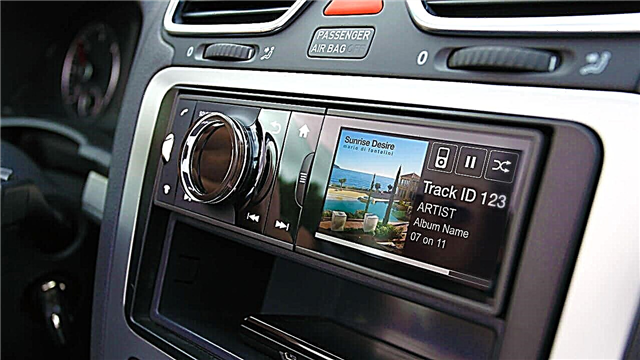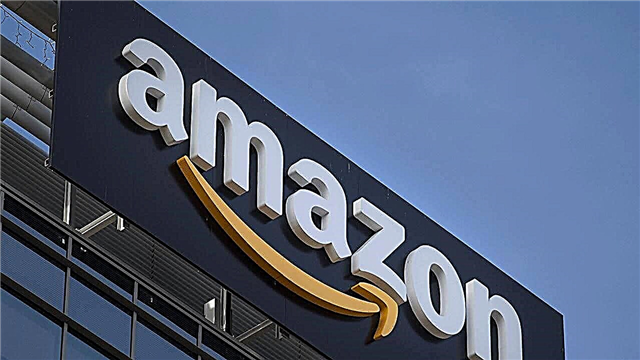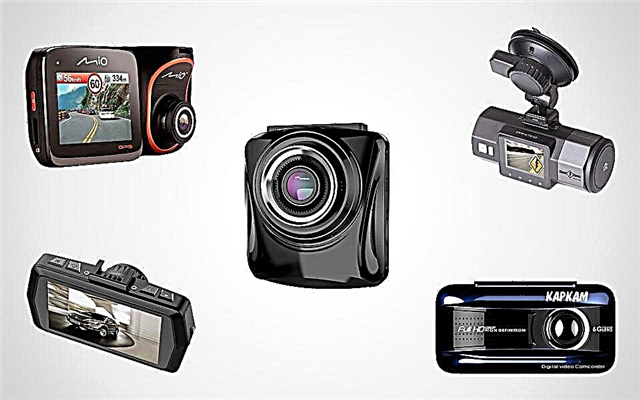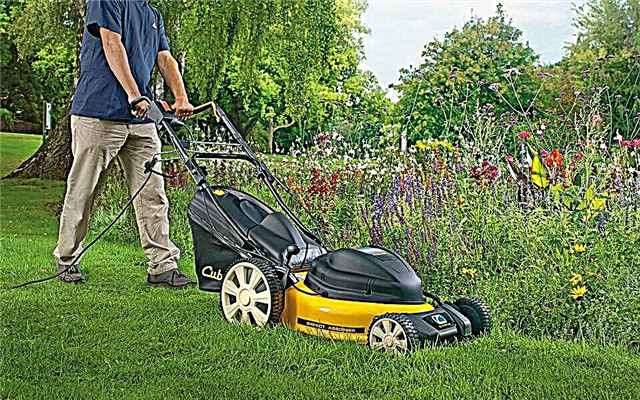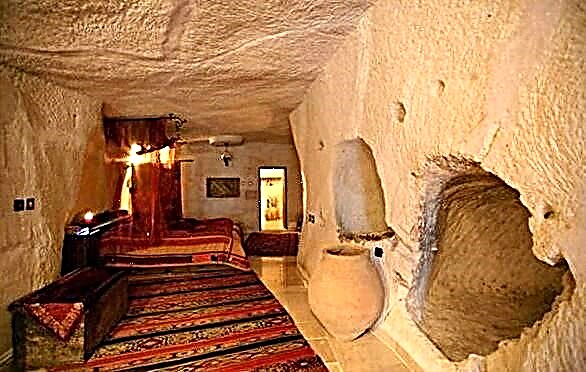Robotic vacuum cleaner - an automatic device designed for high-quality cleaning of floor coverings without human intervention. They have long ceased to be something unique and available to any consumer.
There are many models of robotic vacuum cleaners on the home appliance market, and for a technically savvy person, the choice can be very difficult. Experts recommend that when buying, pay attention to the following 9 rules.
1. Dry or wet cleaning
 Dry cleaning from debris and dust can be carried out by vacuum cleaners operating on the principle of an electric broom. For such devices, the suction function is not very large, and the main work is carried out by the brushes located on the side and under the body. They are most effective when cleaning flat surfaces - tiles, parquet, laminate and linoleum.
Dry cleaning from debris and dust can be carried out by vacuum cleaners operating on the principle of an electric broom. For such devices, the suction function is not very large, and the main work is carried out by the brushes located on the side and under the body. They are most effective when cleaning flat surfaces - tiles, parquet, laminate and linoleum.
Wet cleaning held by models that are equipped with water tanks. During operation, the vacuum cleaner sprays water mixed with detergent, after which it brushes the floor and then draws moisture in the housing using a turbine. At the same time, the floor remains clean and only slightly moist. But the main disadvantage of washing vacuum cleaners is the need for periodic water changes, which cannot be done automatically.
2. Power of work and cultivated area
 Typically, devices of low power are designed for cleaning rooms ranging from 30 to 90 square meters. m, and their battery lasts for 2-3 hours of constant operation. But large-sized apartments and large offices require robotic vacuum cleaners with powerful batteries and base stations (devices where the vacuum cleaner restores battery power) that can restore the resource in a maximum of 1 hour.
Typically, devices of low power are designed for cleaning rooms ranging from 30 to 90 square meters. m, and their battery lasts for 2-3 hours of constant operation. But large-sized apartments and large offices require robotic vacuum cleaners with powerful batteries and base stations (devices where the vacuum cleaner restores battery power) that can restore the resource in a maximum of 1 hour.
3. Motion and overcoming sensors
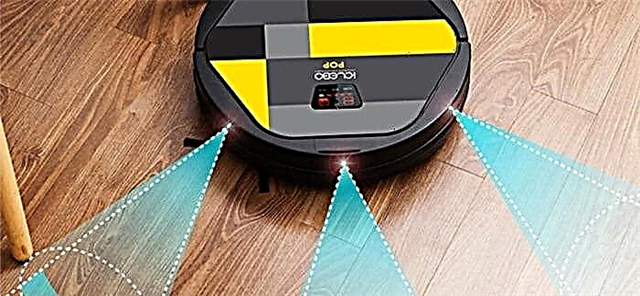 They allow the robot vacuum cleaner to navigate in space during operation.
They allow the robot vacuum cleaner to navigate in space during operation.
IN standard models The following are installed:
- collision sensors located on the sides of the case, which at the right time send a signal about a change in movement;
- touch sensors designed to determine the distance to solid objects;
- drop sensors necessary to determine the height difference of the treated surface. Their main task is to prevent the robot vacuum cleaner from falling off the stairs.
In more perfect models robotic devices can be installed additional types of touch devices:
- pollution sensors in the lower part of the housing, which determine the degree and type of surface contamination. They signal a change in operating mode and set the number of repetitions of processing;
- Cleaning control sensors are a kind of laser scanners that allow the device to determine in which places the cleaning has already been done and where it is yet to be done.
There are models that occupy an intermediate position, trying to maintain a balance of price and quality. An example of such a robot cleaner iRobot Roomba 980 (http://www.e-katalog.ru/IROBOT-ROOMBA-980.htm)
Depending on the set of sensors, the power and cost of the robot vacuum cleaner varies. As a rule, in expensive and powerful models, all possible touch devices are installed.
4. Waste bin capacity
 In different models, it varies from 0.3 to 2 liters of capacity. Accordingly, the larger the area the vacuum cleaner will need to handle, the more capacious the container should be.
In different models, it varies from 0.3 to 2 liters of capacity. Accordingly, the larger the area the vacuum cleaner will need to handle, the more capacious the container should be.
5. Number of modes and additional functions
 Robot vacuum cleaners are able to work both in normal mode and in enhanced mode, which is turned on by a special sensor signal or entered into the program by the owner. Intensive work is necessary when cleaning heavily soiled surfaces.
Robot vacuum cleaners are able to work both in normal mode and in enhanced mode, which is turned on by a special sensor signal or entered into the program by the owner. Intensive work is necessary when cleaning heavily soiled surfaces.
Some models additionally include the functions of air ionization and surface disinfection using ultraviolet lamps.
6. Air filtration function
 The layer through which the air drawn in by the vacuum cleaner exits can be a thin layer of special paper or a full-fledged multilayer filter. In some models, the latter complements the aroma diffuser - a compartment for aromatic mixtures, through which air passes and aromatizes the treated room.
The layer through which the air drawn in by the vacuum cleaner exits can be a thin layer of special paper or a full-fledged multilayer filter. In some models, the latter complements the aroma diffuser - a compartment for aromatic mixtures, through which air passes and aromatizes the treated room.
7. Service
Like all household appliances, robotic vacuum cleaners break. And not all manufacturers in Russia give a guarantee on their goods. In particular, free repair of Chinese brands is not provided.
8. Trademark of a robot cleaner
 Some manufacturers still deserve more trust than others. And among the most reliable iRobot (USA), Panda (Japan), Yujin Robot (Korea) and Kitfort (Russia). Not surprisingly, the models of these brands topped the ranking of robotic vacuum cleaners in 2016, compiled according to user reviews based on the cost of devices.
Some manufacturers still deserve more trust than others. And among the most reliable iRobot (USA), Panda (Japan), Yujin Robot (Korea) and Kitfort (Russia). Not surprisingly, the models of these brands topped the ranking of robotic vacuum cleaners in 2016, compiled according to user reviews based on the cost of devices.
9. Cost
The cost of a vacuum cleaner should be considered last, because relatively simple and advanced devices the price range is approximately equal.

